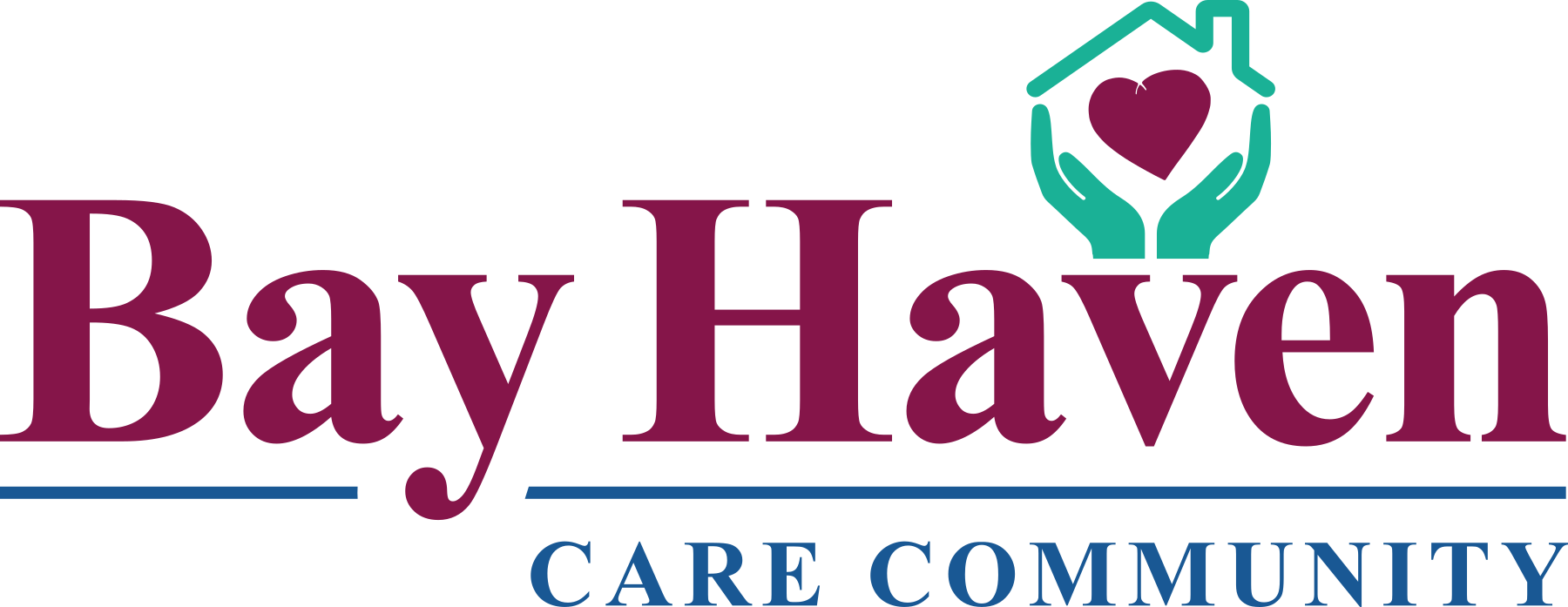
Before you begin to read this article, you may be asking yourself, who is Teepa Snow? Teepa Snow is a leading trainer and consultant providing support and care that places the person living with dementia in a pivotal role when determining what is needed. Her goal is to help communities, agencies, organizations, professionals, and families to develop the awareness, knowledge, and skills needed to better support and care for someone living with dementia. Teepa Snow is the owner and CEO of Positive Approach to Care. Her organization provides training, services and products to help those who have dementia. Teepa Snow has successfully integrated her education, extremely varied work experiences, recent medical and international research, and her first-hand care experiences to be a major part of her companies’ program. All these tools are used to help people living with neurocognitive degeneration.
It is Teepa Snow’s mission to change the culture of dementia support and care throughout the world. Positive Approach to Care focuses on the best ways to approach and develop a relationship with a patient who has dementia. Relationships that are based on authenticity, empowerment, compassion, and curiosity. Teepa Snow believes that this mind-frame is important to everyone, because understanding a person who has dementia is the best way to get to truly know the person suffering with this disease. Teepa Snow had a conference held at Hawk Ridge Golf & Country Club near Orillia, Ontairo, and luckily, some staff at Bay Haven Care Community got to go and watch her lecture live. I happened to be one of those lucky employees, and believe me, it was such a fantastic experience. Teepa Snow went over so many different situations about people who have dementia. Her energetic personality and approach to people living with dementia was incredible to learn and see. Teepa Snow’s care strategies and techniques look at what is known about the brain function and all of the changes that happen with various conditions and then integrate all of that information with therapeutic approaches. She went over a bunch of topics related to the neurological functions of the brain and she told us how to put our caring and support to those with dementia into practice in a positive, loving, and rewarding way.
The conference went from 9:00 AM to 4:00 PM and breakfast and lunch were both provided! Not only that, every table represented the retirement/nursing home you worked at, so it was nice to have a Bay Haven Care Community table. Teepa Snow got everyone in attendance involved by making everyone participate in her techniques and approach to proper caring. It was very fun to be able to practice these techniques with your co-workers and be able to learn new things that we could all bring to our work. Teepa Snow is a phenomenal lecturer and I highly recommend everyone to go to one of her conferences whenever she is in Canada. Bellow are a couple links to her videos from YouTube.
Teepa Snow Discusses The Ten Early Signs of Dementia
https://www.youtube.com/watch?v=pqmqC-702Yg
Calming & Comforting a Person Living with Dementia
https://www.youtube.com/watch?v=qGqYaRhjxrM
Marco Sanfilippo – Marketing Specialist/Recreation Assistant

